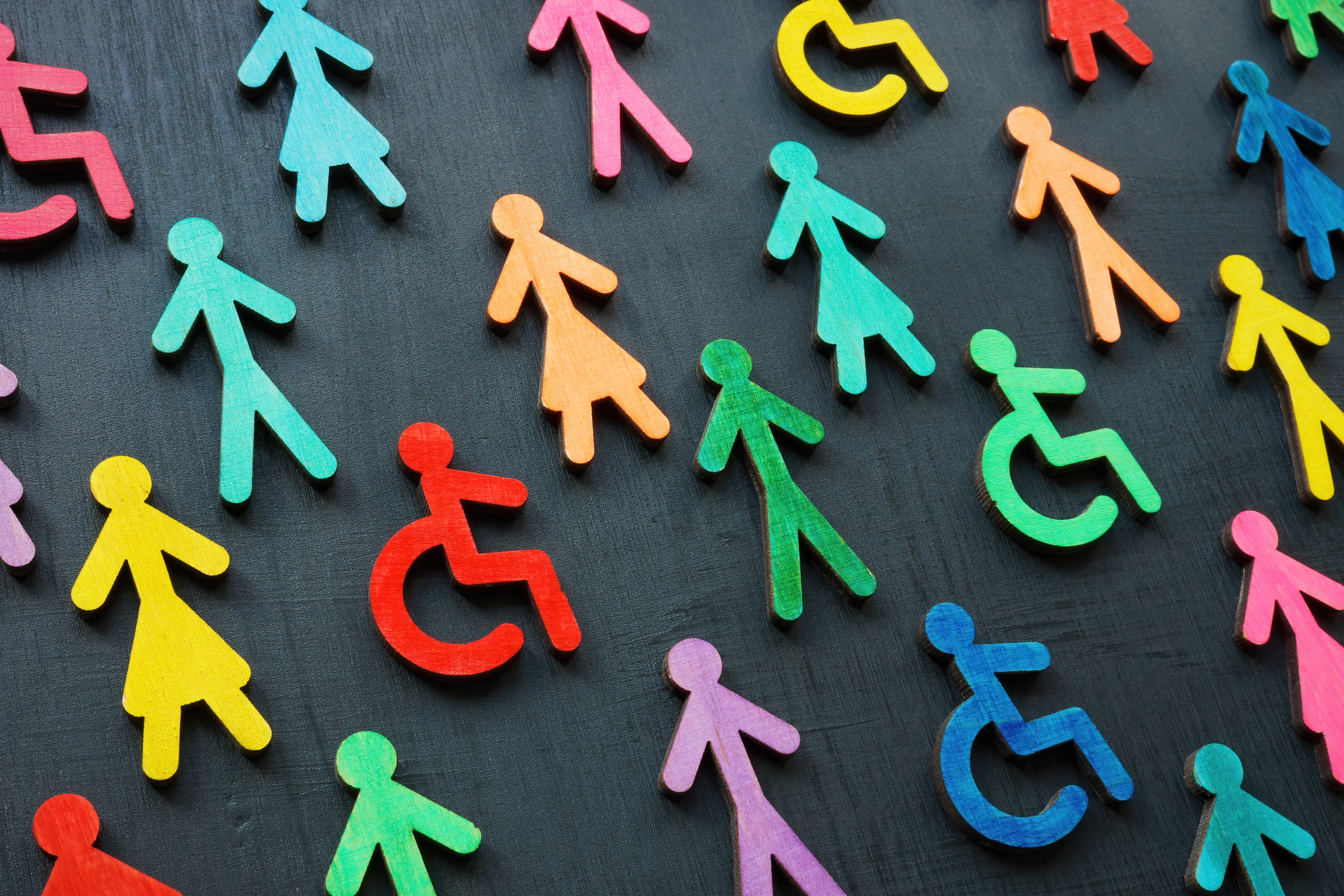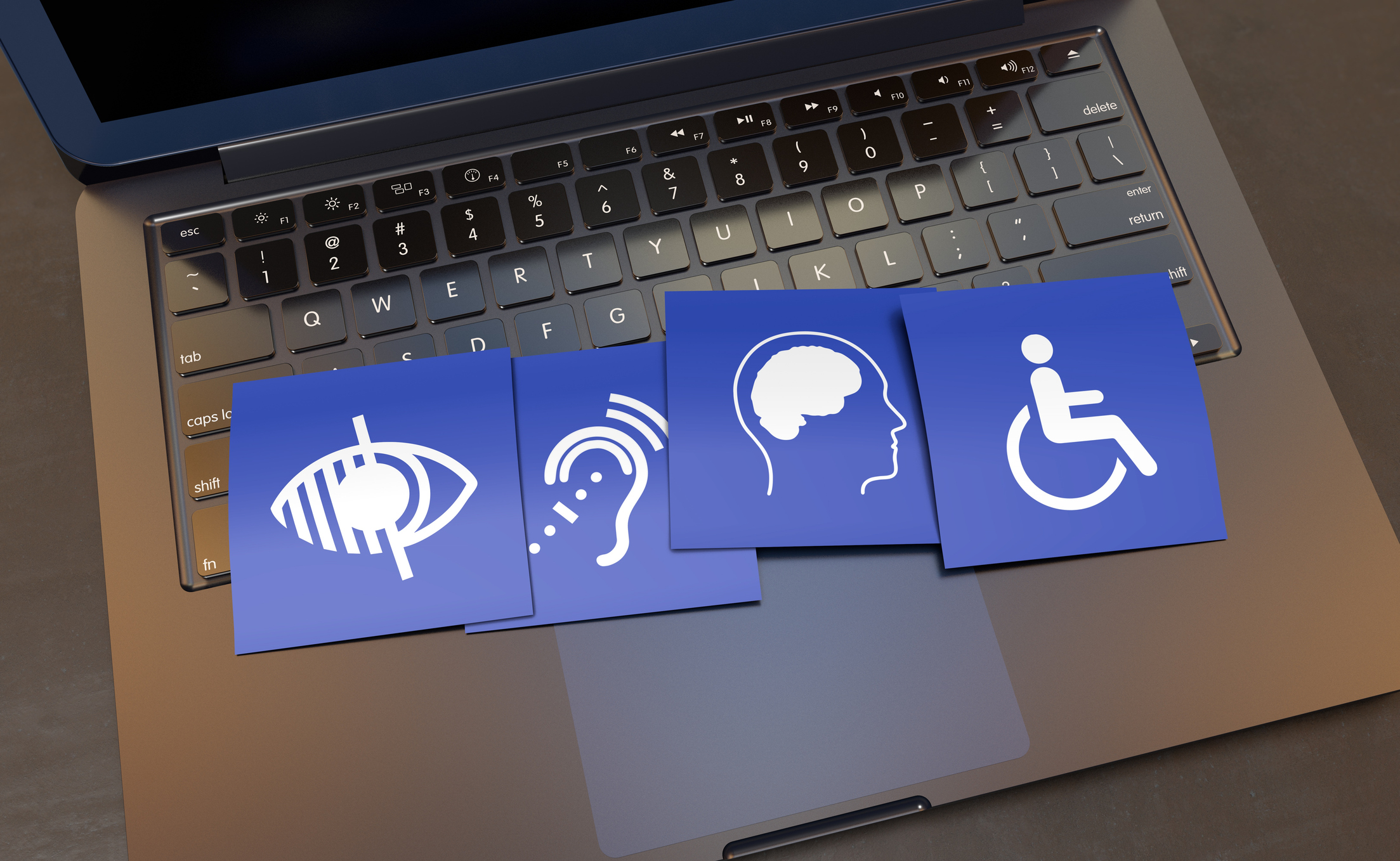
Throughout history, individuals with disabilities have faced societal barriers, discrimination, and marginalization. However, their resilience, determination, and advocacy efforts have led to significant advancements in securing equity in education and a multitude of job opportunities.
The disability rights movement, born out of a collective desire for social justice and inclusion, has played a pivotal role in shaping legislation, policies, and attitudes toward people with disabilities. Let’s embark on a journey through the key milestones and influential figures that have shaped the history of the disability rights movement.
Early Advocacy Efforts
The roots of the disability rights movement can be traced back to the late 19th and early 20th centuries when individuals with disabilities began to organize and advocate for their rights. In the United States, organizations such as the National Federation of the Blind (NFB) and the American Foundation for the Blind (AFB) were established to address issues of accessibility, education, and employment for individuals who are blind or visually impaired. Similarly, organizations like the National Association of the Deaf (NAD) advocated for the rights of the Deaf community, including access to education and communication services.
The Civil Rights Era
The civil rights movement of the 1950s and 1960s sparked a wave of activism and advocacy across various marginalized communities, including people with disabilities. Inspired by the fight for racial equality, individuals with disabilities began to demand equal treatment, access, and opportunities. One of the pivotal moments during this time was the 504 Sit-in, a 26-day protest held in 1977 at federal buildings in several U.S. cities. Organized by disability rights activists, including Judy Heumann and Ed Roberts, the protest aimed to pressure the government to implement Section 504 of the Rehabilitation Act, which prohibited discrimination on the basis of disability.

Landmark Legislation
The disability rights movement gained significant momentum with the passage of landmark legislation that aimed to protect the rights of individuals with disabilities. In 1973, the Rehabilitation Act was signed into law, prohibiting discrimination against individuals with disabilities in programs receiving federal funding. However, it was the passage of the Americans with Disabilities Act (ADA) in 1990 that marked a watershed moment for the disability rights movement. The ADA, often referred to as the “emancipation proclamation for people with disabilities,” prohibits discrimination on the basis of disability in employment, public accommodations, transportation, and telecommunications.
International Advocacy
The fight for disability rights transcends national borders, with organizations and activists advocating for change on a global scale. In 2006, the United Nations adopted the Convention on the Rights of Persons with Disabilities (CRPD), a groundbreaking treaty that seeks to promote, protect, and ensure the full and equal enjoyment of all human rights and fundamental freedoms by persons with disabilities. The CRPD has since been ratified by over 180 countries, signaling a commitment to advancing the rights and inclusion of people with disabilities worldwide.

Disability Rights in Education
In the ongoing journey towards achieving equity and inclusivity for individuals with disabilities, education plays a pivotal role. Ensuring that students with disabilities have access to quality education that meets their unique needs is essential for their academic success and overall well-being. Central to this effort in the United States is the Individuals with Disabilities Education Act (IDEA), a landmark piece of legislation that has significantly shaped the landscape of special education and fostered greater opportunities for students with disabilities.
Enacted in 1975 as the Education for All Handicapped Children Act and later renamed the Individuals with Disabilities Education Act in 1990, IDEA embodies the principles of equality, access, and inclusion in education. The primary goal of IDEA is to ensure that all children with disabilities have access to a free and appropriate public education (FAPE) that is tailored to their individual needs. Under IDEA, eligible students are entitled to special education services and supports designed to address their unique learning challenges and help them achieve academic success.
Continuing Challenges and Progress
While significant strides have been made in advancing disability rights, challenges persist in ensuring full equality and inclusion for individuals with disabilities. Issues such as accessibility, employment discrimination, and lack of adequate support services continue to hinder the realization of disability rights. However, the disability rights movement remains steadfast in its pursuit of social justice and equality. Grassroots activism, legal advocacy, and public awareness campaigns continue to drive progress and push for systemic change.
Beyond legislative victories, the disability rights movement has played a crucial role in challenging stereotypes, stigma, and ableism – ingrained attitudes and beliefs that devalue people with disabilities. Through advocacy, education, and storytelling, individuals with disabilities have been able to reclaim their narratives, challenge misconceptions, and assert their rights as equal members of society. By promoting disability pride and empowerment, the movement has fostered a culture of acceptance, diversity, and inclusion.
The disability rights movement is a testament to the power of collective action and the resilience of the human spirit. From grassroots activism to legislative victories, the movement has transformed the landscape of disability rights, challenging barriers and fostering greater inclusion and equality.
Help your students see themselves in their curriculum
Sign up for a free trial of Young Citizens
Monet Hendricks is the blog editor and meme connoisseur for Social Studies School Service. Passionate about the field of education, she earned her BA from the University of Southern California before deciding to go back to get her Master’s degree in Educational Psychology. She attended the graduate program at Azusa Pacific University pursuing her post-grad Educational Specialist degree in School Psychology and Applied Behavior Analysis and currently works as a School Psychologist in Los Angeles, CA. Her favorite activities include traveling, watching documentaries on mental health, and cooking adventurous vegetarian recipes.